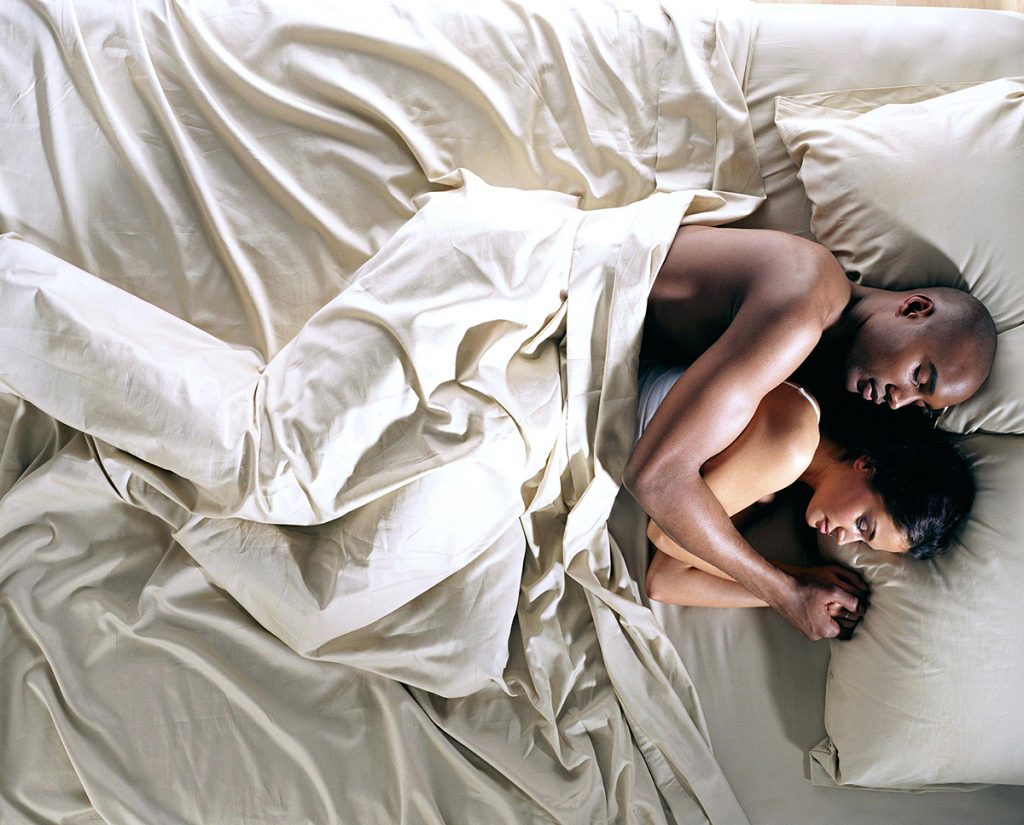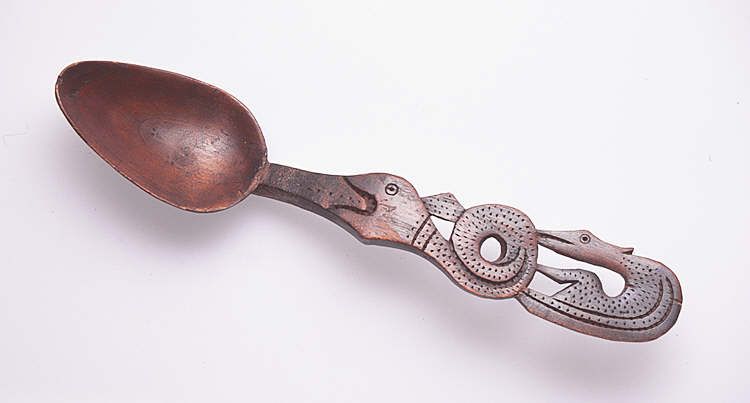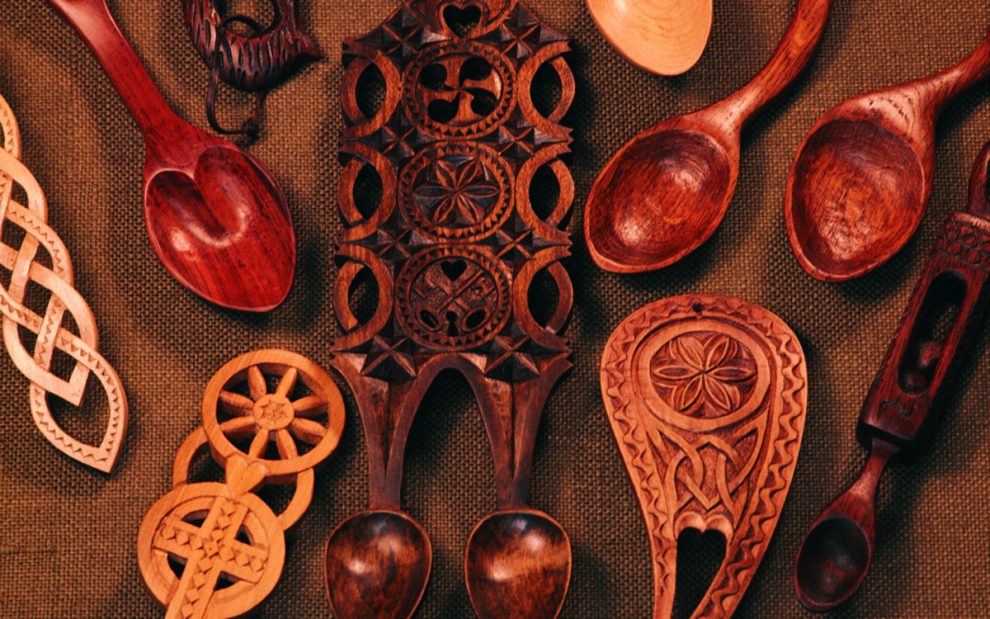FLOWERS, chocolates… spoons?
When you think of gifts to treat a loved one with, a spoon probably isn’t top of the list, but Welsh Love Spoons are quickly rising in popularity again, thanks largely to social media, and can make a great gift for that special someone.
The fashionable-again custom dates back hundreds of years, when a lover would give gifts of sweets or cakes, but they would also give a special, more personal gift to the object of their desire, the Welsh Love Spoon.
Dating back as far as 1667, the oldest love spoons are on display at the Welsh Folk Museum in Cardiff.
The first example of the word ‘llwy’ (which is ‘spoon’ in Welsh) appears in the work of Taliesin, the 6th century Welsh poet, which suggests that such a utensil existed for centuries before the first existing tangible example.
Back then, a young man would spend hours carving the love spoon with his own hands, in the hope that the girl would accept it. If the girl accepted the spoon, she would demonstrate her interest in him and they would begin a relationship.
This is the origin of the term ‘spooning’.

This was a custom that was not confined to Wales, but happened across Europe, especially in celtic countries.
Young men had a lot of time on their hands during the long winter evenings, and while some would turn to poetry or composing songs, others would carve all kinds of things such as kitchen utensils or toys for the children from spare pieces of wood.
It is easy to imagine a young man after a hard day’s work, in a period of no radio or television or cars, spending his leisure time during dark evenings carving a spoon for the girl he loved.
Spoons could also suggest food on the table, and a cosy family life, which would impress on the girl his ability to care for her and a family.
Wales was a poor society whose youth could not afford presents of expensive jewellery, and therefore they would do their utmost to create as beautiful spoons as possible.
At that time, practical skills in a husband would have been very desirable and a beautifully carved spoon would demonstrate the young man’s skills.
The carvers would attempt to create more and more intricate designs as they vied for the attractions of a certain girl. The more complicated and difficult to carve a design, the more it would symbolise the depth of the creator’s love and desire to labour on behalf of his loved one.
It is also possible that the size of the spoon would reflect the carver’s love, but the spoons do vary considerably in size from 8cm to a meter in length. The custom was widespread across Wales and there is no evidence to suggest that certain areas favoured certain designs.
It is impossible to know how many love spoons were produced; many were very delicate creations and although they would not have been used for eating or cooking they could have been easily broken.
The earliest existing examples come from the 17th century, and it is possible that the shape of spoons lying together suggested the pattern of lovers lying together.

There has been much debate on the significance of the different symbols and motifs used in the carving of love spoons.
Many of the young carvers were shy and unwilling toshow their emotions, and this would attempt to convey their true feelings through theuse of various symbols.
Over the centuries, many more symbols and motifs have been added and as the love spoons became more elaborate and decorative, they have become collectables. Many of the symbols to convey love have been used from the earliest spoons, and are familiar throughout Europe.
For instance, a chain would mean a wish to be together forever, a diamond would mean wealth or good fortune, a cross would mean faith, a flower would mean affection, or a dragon for protection etc.
Traditionally, the spoons were carved from one piece of wood. The most popular wood was sycamore, but we also have examples of using yew, oak, boxwood and even fruit trees such as apple or wild cherry.
Wood with a close grain had to be dried because fresh wood could split as it dried. The carver would use a trunk and split it in half before forming the rough shape of the spoon in one of the halves.
The earliest spoons were not very intricate, and would have a very simple design with perhaps the initials of the couple and a hole of some sort in the top of the spoon handle to hang it on the wall.
These early carvers would use very simple tools, only a pocket knife, an axe and perhaps a saw.
They had no design to follow or any technical knowledge; although they perhaps copied other designs and some of their creations are remarkable in these circumstances.
With the rise of social media, Welsh Love Spoons are now back in the spotlight and seen as a niche and unique gift, with the art of creating one now seeing a resurgence.

















Add Comment